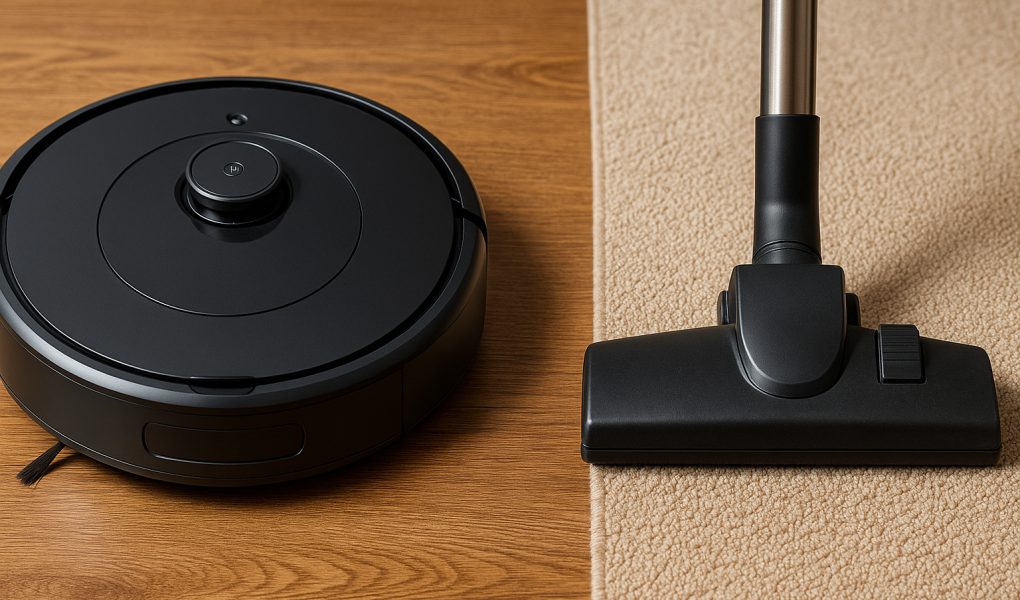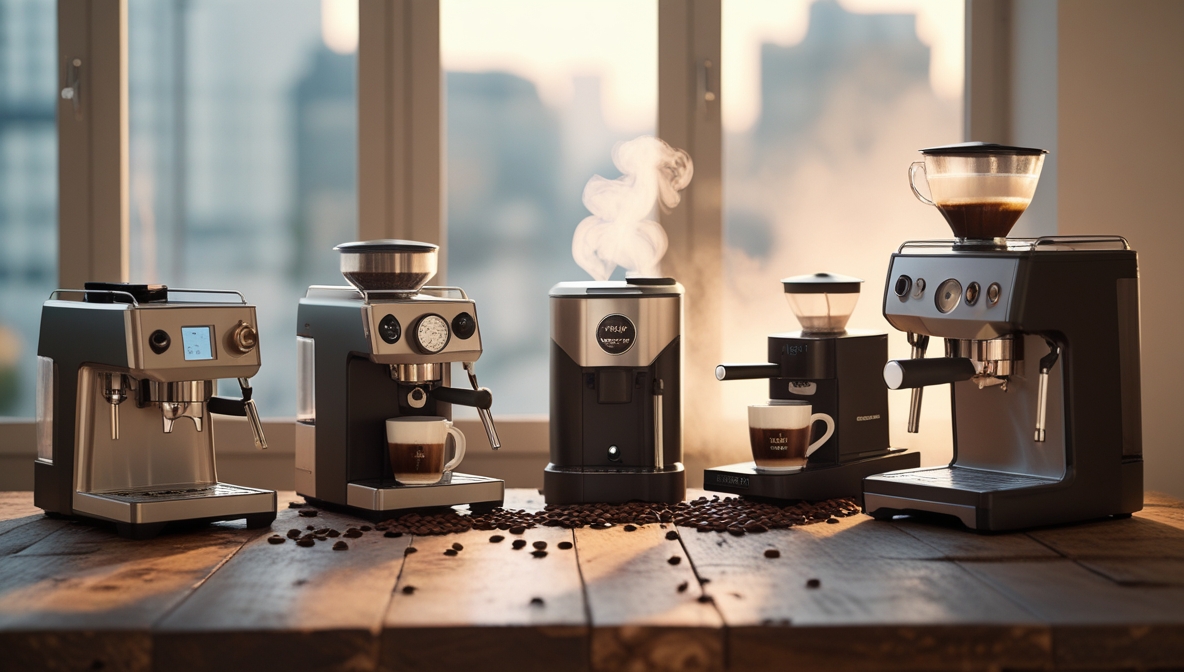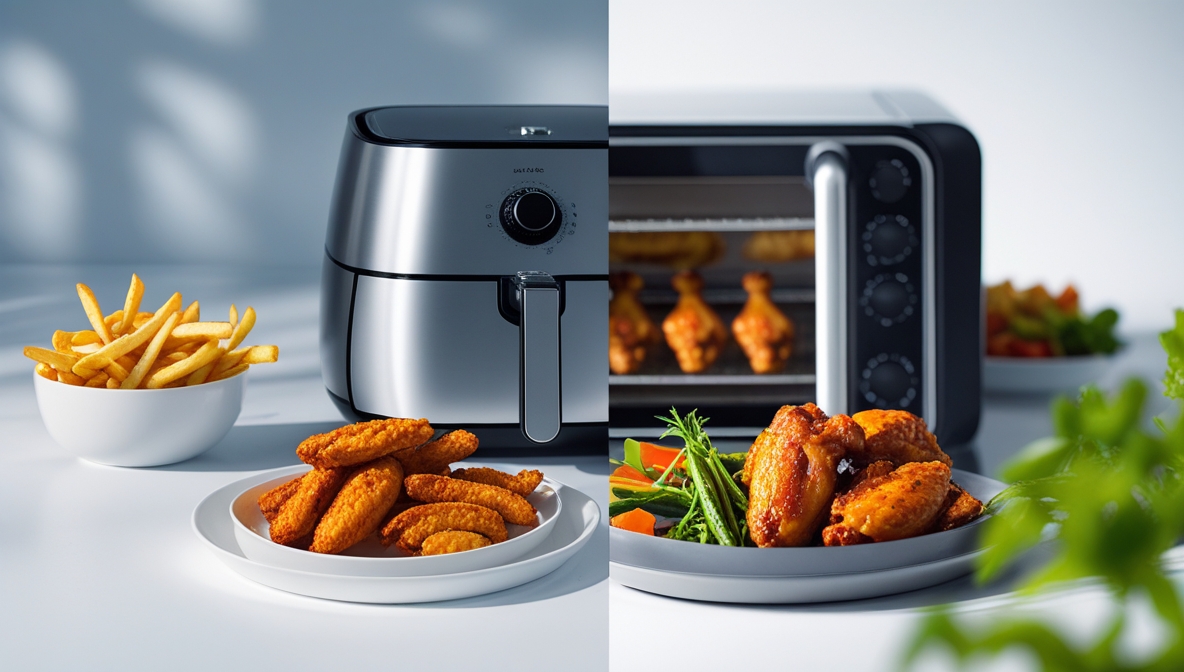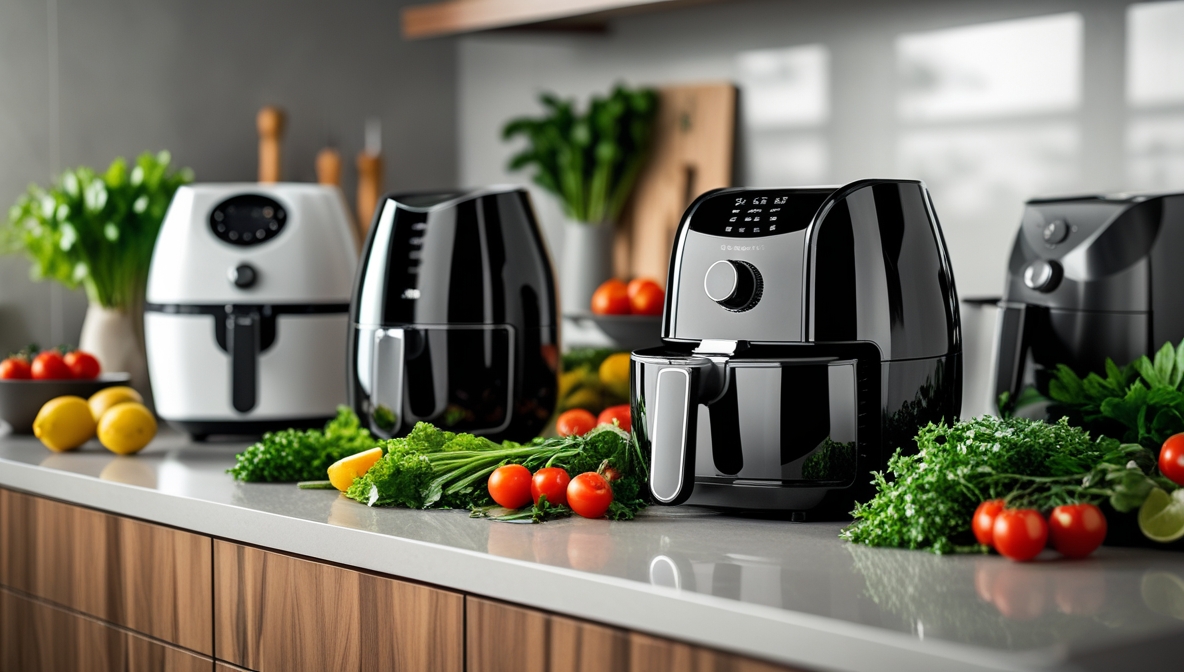The answer depends on what you value more: automation or control. One offers convenience and time-saving. The other provides deep cleaning with precision. Each excels in different areas, and knowing how they perform can shape your cleaning strategy.
1. Cleaning Performance: Suction and Reach
Traditional vacuums still dominate in raw suction power. Upright and canister models can handle thick carpets, large debris, and embedded dirt without struggle. Their hoses and attachments reach deep into corners, behind furniture, and up stairs.
Robot vacuums, on the other hand, work best on hard floors and low-pile rugs. Newer models with powerful motors have narrowed the gap, but they rarely match the deep-cleaning force of a full-size vacuum. Their strength lies in consistency—running daily or multiple times a day without user input.
Verdict:
- For powerful cleaning on all surfaces: Traditional vacuum
- For daily maintenance: Robot vacuum
2. Automation vs. Manual Effort
Robot vacuums win this round effortlessly. Set a schedule, and it gets to work, even when you’re out. It returns to its dock, recharges, and some even empty themselves. You don’t need to think about vacuuming every day—it just happens.
Traditional vacuums require manual effort. You have to plug them in, maneuver around obstacles, and manage attachments. It’s labor-intensive, especially in larger spaces.
Verdict:
- For hands-free convenience: Robot vacuum
- For complete control over the process: Traditional vacuum
3. Floor Type Compatibility
Robot vacuums glide across hard floors like tile, laminate, and wood. Low-pile rugs also pose no issue. However, they struggle with thick carpets and transitions between surfaces. Some get stuck on dark or patterned rugs due to infrared sensors misreading them as drop-offs.
Traditional vacuums are built for versatility. Switch floor modes, adjust suction levels, or change brush heads—most models adapt easily. They’re suitable for every floor type, including plush carpeting and area rugs.
Verdict:
- For mixed or high-pile flooring: Traditional vacuum
- For standard hard floors and light rugs: Robot vacuum
4. Pet Hair and Allergens
Traditional vacuums with HEPA filters and strong airflow systems excel in allergen removal. They trap pollen, dust mites, and pet dander more effectively. The motorized brush roll lifts embedded pet hair from carpets and upholstery.
Robot vacuums pick up surface hair, especially on hard floors. Some models include HEPA-level filtration, but their smaller bins fill quickly with pet fur, needing frequent emptying. They’re great for keeping things tidy in between deep cleans.
Verdict:
- For allergy sufferers or heavy shedders: Traditional vacuum
- For light shedding and surface-level cleaning: Robot vacuum
5. Battery Life vs. Unlimited Runtime
Robot vacuums rely on rechargeable batteries, typically offering 60 to 120 minutes of runtime. Some models resume after charging, but cleaning large homes may take several hours. Power fades as the battery drains, which can affect suction.
Traditional vacuums plug into wall outlets, offering consistent performance. No waiting for charging. No performance drops. If there’s electricity, you’re cleaning at full power.
Verdict:
- For uninterrupted, full-strength cleaning: Traditional vacuum
- For time-flexible users who clean in cycles: Robot vacuum
6. Maintenance and Longevity
Traditional vacuums are more durable, with replaceable parts and longer lifespans. Filter changes, bag replacements, and occasional belt swaps are expected, but these machines are built to last.
Robot vacuums require more frequent maintenance: clearing hair from wheels, emptying bins, and replacing side brushes. Software updates, mapping recalibrations, and firmware bugs can add to the workload.
Verdict:
- For longevity and lower upkeep costs: Traditional vacuum
- For tech-savvy users who enjoy automation: Robot vacuum
7. Smart Features and Mapping
Robot vacuums bring in-app controls, virtual barriers, scheduled routines, and real-time maps. Some models learn your floor plan and clean zone by zone. Others integrate with voice assistants and allow remote control from your phone.
Traditional vacuums have fewer smart features. Some newer stick models come with touchscreens or app integration, but the technology hasn’t advanced as far in this category.
Verdict:
- For smart home integration and scheduling: Robot vacuum
- For traditional cleaning without tech dependence: Traditional vacuum
8. Noise Levels
Robot vacuums operate quietly, especially in eco mode. They can run while you’re on calls, watching TV, or sleeping. This makes them suitable for shared spaces and apartments.
Traditional vacuums are noisy. Even low-noise models produce a noticeable hum. You can’t vacuum discreetly or while someone is working nearby.
Verdict:
- For quiet operation: Robot vacuum
- For speed over sound: Traditional vacuum
9. Upfront and Long-Term Costs
Robot vacuums come in a wide range—budget models under $200, premium versions over $1,000. Maintenance kits, app subscriptions, and part replacements add to ongoing costs.
Traditional vacuums also span a broad price range, but the value per dollar is often higher. A $300 upright can outperform a $600 robot in suction. Long-term upkeep is generally cheaper, with fewer parts to replace.
Verdict:
- For better long-term ROI: Traditional vacuum
- For premium automation and scheduling: Robot vacuum
10. Suitability by Lifestyle
- Busy professionals benefit from robot vacuums for daily upkeep
- Large families may need the muscle of a traditional vacuum for deeper cleaning
- Small apartments can thrive on a robot-only setup
- Homes with pets will get better results with a traditional vacuum and robotic touch-ups in between
Final Thought
Robot vacuums shine in consistency and automation. Traditional vacuums dominate in power and thoroughness. For the best results, many households now use both. One keeps the floors neat. The other tackles what robots leave behind.



